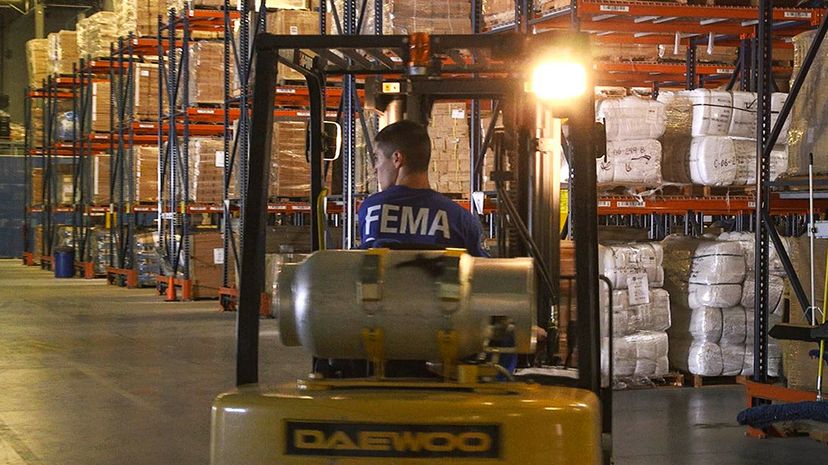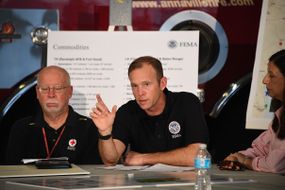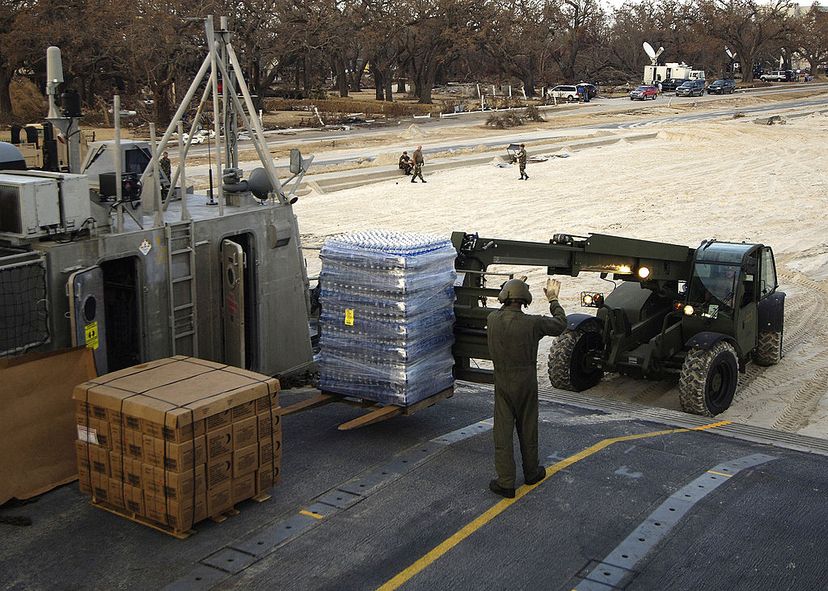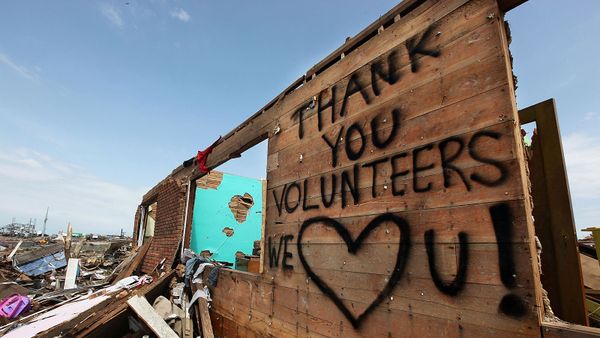
After Hurricane Harvey left the city of Houston badly battered and flooded in August 2017, and a second hurricane called Irma was poised to wreak similar devastation upon Florida, the Federal Emergency Management Agency (FEMA) revealed that its $6 billion Disaster Relief Fund (DRF) was down to its last $1 billion or so.

That led to alarming headlines such as "FEMA could run out of cash this weekend" and "FEMA is Expected to Run Out of Money by Friday," and possibly raised public fears that the multi-faceted relief effort financed by the relief fund — which pays for everything from removing storm debris to providing cash grants to evacuees to pay for food and shelter — was in danger of grinding to a halt. But the U.S. Congress quickly put such worries to rest on Sept. 8, 2017, by hastily passing legislation that gave the DRF an infusion of cash.
Advertisement
"The emergency supplemental appropriation of $7.4 billion allows FEMA to continue to fully focus on the ongoing preparation, response, and recovery needs," said an agency spokesperson via email.
While legislators may have cut it a bit close, there was little chance that FEMA actually would run out of cash. According to a Congressional Research Service analysis, Congress made 14 supplemental appropriations to the fund between 2004 and 2013, for a total of $89.6 billion. In one year alone — 2005, the year that Hurricane Katrina devastated New Orleans and other areas in the Gulf Coast — legislators bolstered the fund with three extra appropriations amounting to $43 billion.
That might lead you to wonder: Why does the relief fund run low on money so often? Why not just increase its regular budget? Part of the answer is that natural disasters simply are difficult to predict. Elizabeth A. Zimmerman, former associate administrator for FEMA's Office of Response and Recovery, says that the agency bases its annual projection of how much to put into the fund on rolling 10-year averages of what is needed to spend for hurricanes and other disasters. In recent years, that projection has worked out to around $6 billion per year.
But a year like 2017 can blow a hole in that budget pretty quickly.
"Who would have thought that less in a month, two category 4 hurricanes would hit the U.S.?" says Zimmerman, now an Arizona-based emergency management consultant. "That's never happened." During a hurricane in the United States, FEMA typically spends money at a rate of $200 million a day, Zimmerman says.

FEMA probably also goes through money quicker these days than in the past. After 2005's Hurricane Katrina, when the agency's response was criticized for being slow and ineffective, Congress passed legislation reorganizing FEMA to make it more nimble, and the agency began making more advance preparations when a storm was coming.
"While it may cost more on the front end to equip FEMA with the resources necessary to prepare in advance and to have supplies and equipment pre-positioned where they'll be needed most, it produces significant savings on the back end," says Gary R. Webb, a professor and chair of the Emergency Management and Disaster Science department at the University of North Texas, in an email.
Rafael Lemaitre, who served as FEMA's director of public affairs during the Obama administration, says that, 2017 aside, the relief fund has come close to running out of money on only one occasion.
"The Joplin, Missouri tornadoes in May 2011 left the DRF at a record low," he says via email. "Three months later, when Hurricane Irene roared into the Mid-Atlantic states, FEMA was forced to significantly curtail its disaster work all across the country while the Obama administration waited for funding from Congress. FEMA used its limited DRF dollars for the most critical and pressing disaster demands, but that meant halting longer-term recovery projects from previous disasters, leaving communities across the country uncertain about the future."

Lemaitre says that if FEMA's fund ever did completely run dry, the agency wouldn't be able to spend money without violating federal law. But he doesn't expect that ever to happen. "Members of Congress from both parties have always been there for FEMA in times of need," he says.
After Harvey hit, Congress quickly amended an appropriations bill to remove a proposed $875.5 million cut to the disaster relief fund, which reportedly was intended to help pay for President Trump's proposed border wall.
Advertisement

